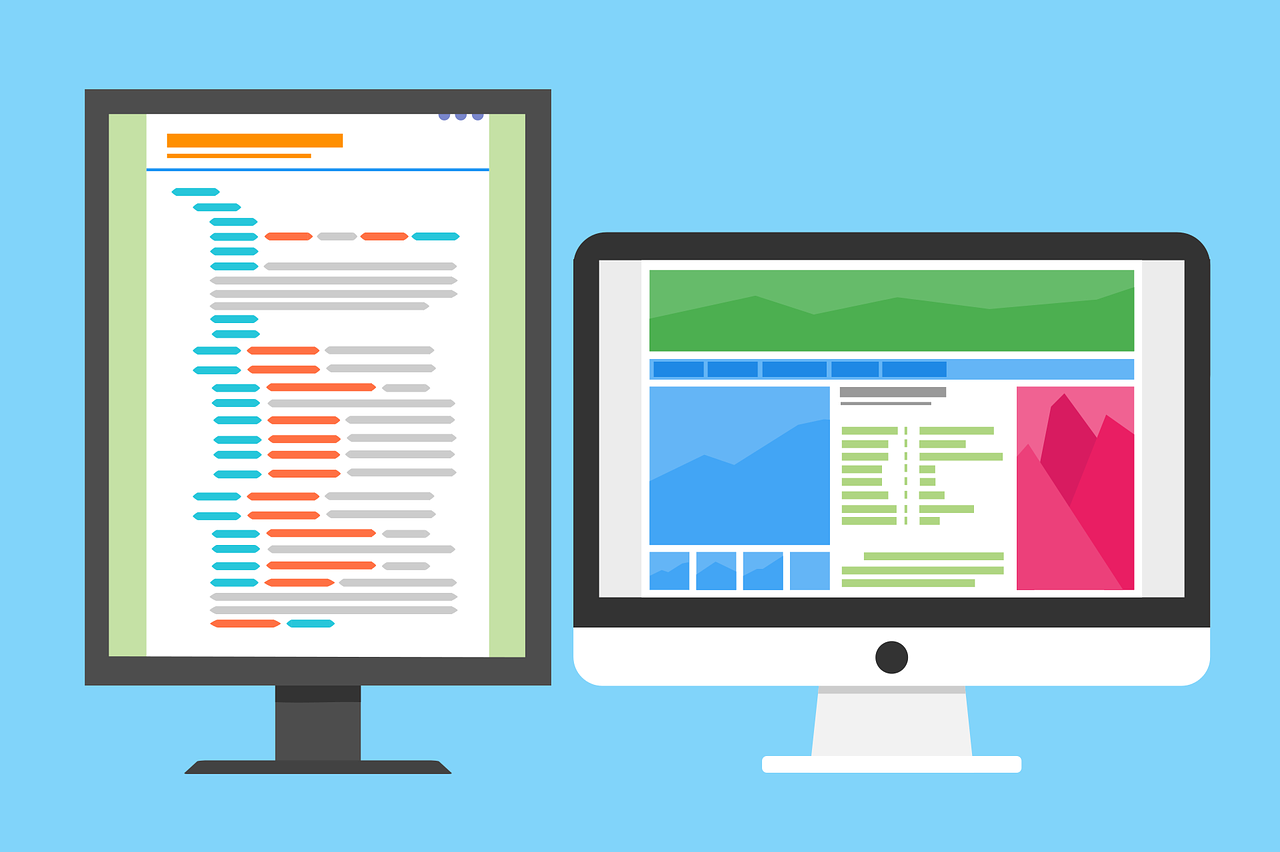Overall Scratch is something that I want to use in my classroom after reviewing all of the information. Looking at scratch is really a great introduction to coding the block-based coding language is very visual it’s drag and drop in the scratch interface so that students don’t need to have a lot of background in coding or computer science. They can grab the blocks and drag them to where they want and then when they press play they see if their character behaves how they Expected. To make a certain shape on the screen or to draw something out, students have to play with angles and measuring angles in degrees to make turns the way they want to you are also able to change distances using mathematical operators. One of my favorite things with Scratch is that it does get students interested in coding it creates something that they want to learn more about and they usually walk away feeling successful. As a teacher I do use Scratch from time to time with my class definitely not as deeply as I would like to and I do find that having the Scratch cards and using the lesson plans available from the scratch website and their sample projects really does help us to get started and the projects are well thought out and sequenced so that we will be successful. One of the drawbacks that I do find with scratch is that students are unable to share their work or to save their work and come back to it. Well classroom logins do exist, and you are able to have teacher accounts that your students are linked to I unfortunately have not been able to use this and likely will not be able to use this feature as having students login is not FOIPPA compliant. With Scratch being hosted on American servers we cannot have our student’s personal information as part of our Scratch classes. I think this would work in grade 2 and up, students do need a certain level of literacy to engage with the activity and know what each block is. As students get more confident with the basic blocks they can use operators, conditional (if /then) blocks and create loops for repeated actions. Scratch is a purely visual language and does not scaffold to a text-based programing language. This would be a great station in our math stations for math with technology, I would put out one of the scratch cards for students to work through or a challenge for them to solve.
Miss Younger's Math Musings







